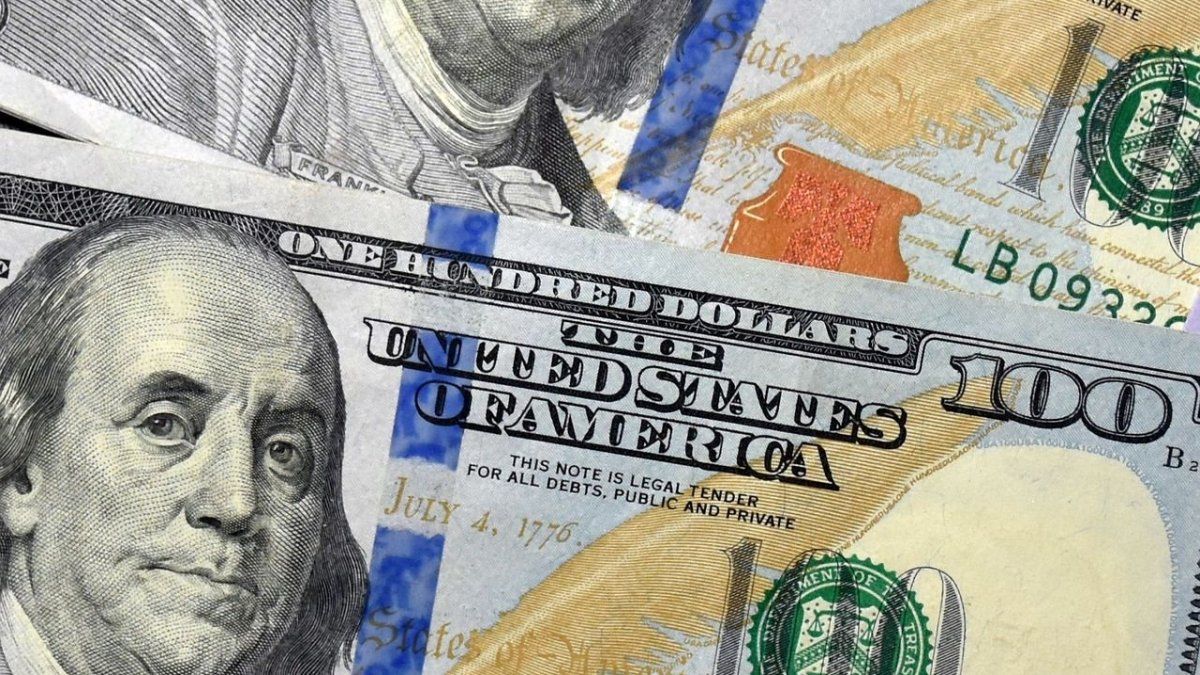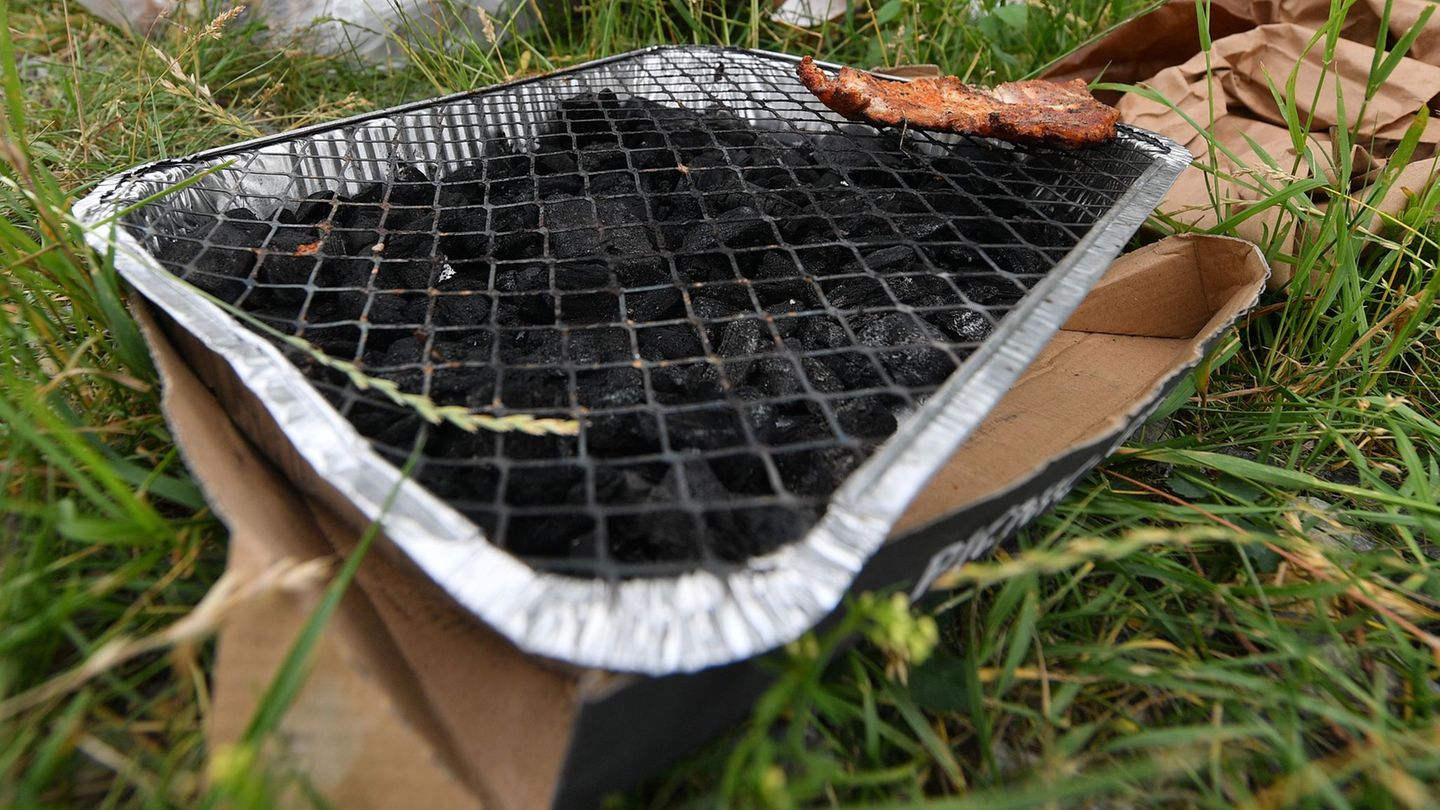The open secret that the reader should keep in mind is this: In the next six months, the arrival of dollars to the reserves will no longer depend on the current account, and will require huge income of dollars from the financial account.
According to sources consulted from the Treasury Palace, The minister has told the president Javier Milei, and this would seem willing to grant him that period. There is already talk of the “second semester” as the supposedly necessary battering ram for the economic program to finish taking shape. On both sides of the Government, the stipulated period is the same. It is interesting to wonder why. A dose of mystery, gravitates.
The answer will have to be sought in the dollar. Milei and the dollar are closely linked. The fate of one is tied to that of the other. Of course, an analytical path could be to take variables such as inflation, fiscal surplus or very high levels of poverty and indigence. The pyrrhic Caputo-Bausili plan to convert the Central Bank’s liabilities into Treasury debt, the collapse in consumption, the sharp rise in unemployment and the collapse of activity could also be mentioned in this column. They are courses and they are all good when it comes to evaluating management. But the objective of this note It is not tabulating successes and errors but rather raising questionspull the invisible thread that will run through the second half of 2024 to find out what are the arid challenges that the Government will have to face on the financial front.
The Government cryptogram: how to avoid greater pressure and exchange gap
Just a few hours ago, Luis Caputo gave a clue. At the LatAm Forum, and in the presence of businessmen, the economist said that he was not going to talk about economics. And what did he talk about then? More than analyzing the context, The minister went out to ask locals and strangers for what he believes will get him out of a dangerous trap: investments.
These investments have a translation: dollars. When the minister thinks about investment, he is clearly not talking about the need to fuel economic activity. Strictly speaking, that does not seem to matter too much to him and one could even say that, in the minister’s opinion, The induced recession has been quite useful in lowering inflation and taking pressure off the BCRA reserves..
The question arises: who would want to invest in a weak economy that could be diagnosed as depressive? However, the secret key that they imagine in the Government is this: In the next six months, the arrival of dollars to the reserves will no longer depend on the current account, and will require huge income of dollars from the financial account. For analysts, this may come in the form of investments, additional IMF drafts or Treasury debt.
The dollars in the current account are loosening and Luis Toto Caputo knows it
Why will the checking account stop contributing dollars? You have to look at the reports from the last few hours. Everyone talks about the fact that the purchase of dollars has grown substantially. Not only in the financial dollar market: also in the MULC. This translates into something that the reader will surely be able to verify quickly: that the BCRA’s dollar purchases in that market showed a great slowdown in the last days of May and even in the first days of June. That is to say, the entity led by Santiago Bausili went from buying about US$150 million a day during the first days of May, to only US$50 million at the end of May. And to this is added that last week the BCRA ended up selling dollars in the last two days.
This sharp drop in the BCRA’s ability to keep foreign currency was not due to lower settlements by agro-exporters, who have been settling about US$120 million a day. As said – but they try to hide it – There is an increase in the demand for foreign currency from the rest of the sectors, which in recent weeks have become demanders of dollars. So, although during the month of May agricultural settlements rose almost 40% compared to April, BCRA purchases fell almost 25%, meaning that the increase in supply was offset by demand.
The question that immediately arises is this: Wasn’t it supposed that at this stage of the year a greater accumulation of foreign currency was expected due to the liquidation of agriculture? Here a second question arises: to what extent is the evolution of the liquidation of agriculture beginning to stagnate and could it become a problem for the immediate future?
According to analysts, the hypothesis remains halfway there. Until the month of May included, CIARA indicated some US$9,000 million in liquidation, below the US$9,500 million for the same period in 2023 (drought year). However, they maintain that it must be considered that prices have lost momentum compared to last year and that, in 2024, a part of those dollars will enter through the “blend” dollar. Therefore, there would be a jump of 16% versus 2023 and a 40% jump if the blend dollar is added to the equation.
The window of dollars that must arrive
Something fundamental then begins to be understood: the sectors of the economy that exclude agriculture began to demand dollars instead of supplying them. The key is not only found in the payments derived from imports, but also in the appreciation of the exchange rate and the reset of economic activity, added to the payment of the energy bill. All this has pushed the following hypothesis that will have to be kept in mind: June will be a month with a sharp drop in BCRA purchases (which could be helped by the IMF injection).
Seen in this way, the famous “second semester” would start a path with a strong propensity to cut the BCRA’s reserves, which would see this propensity increase to the extent that public sector debt has to be canceled. To this would also be added the payment to international organizations, which would return to zero the ability of the BCRA to have added a huge amount of dollars to face the months of greatest difficulty.
Source: Ambito




